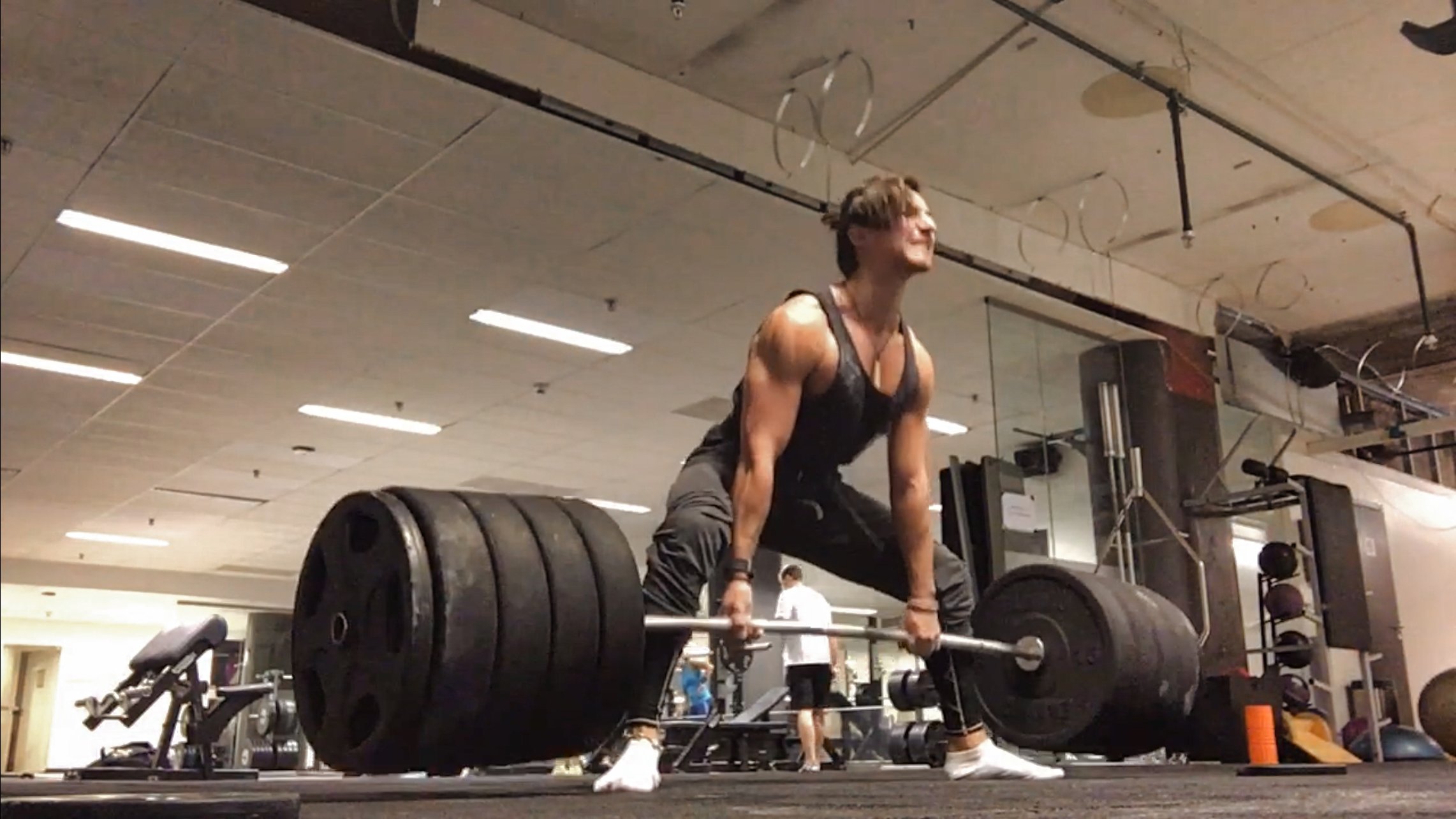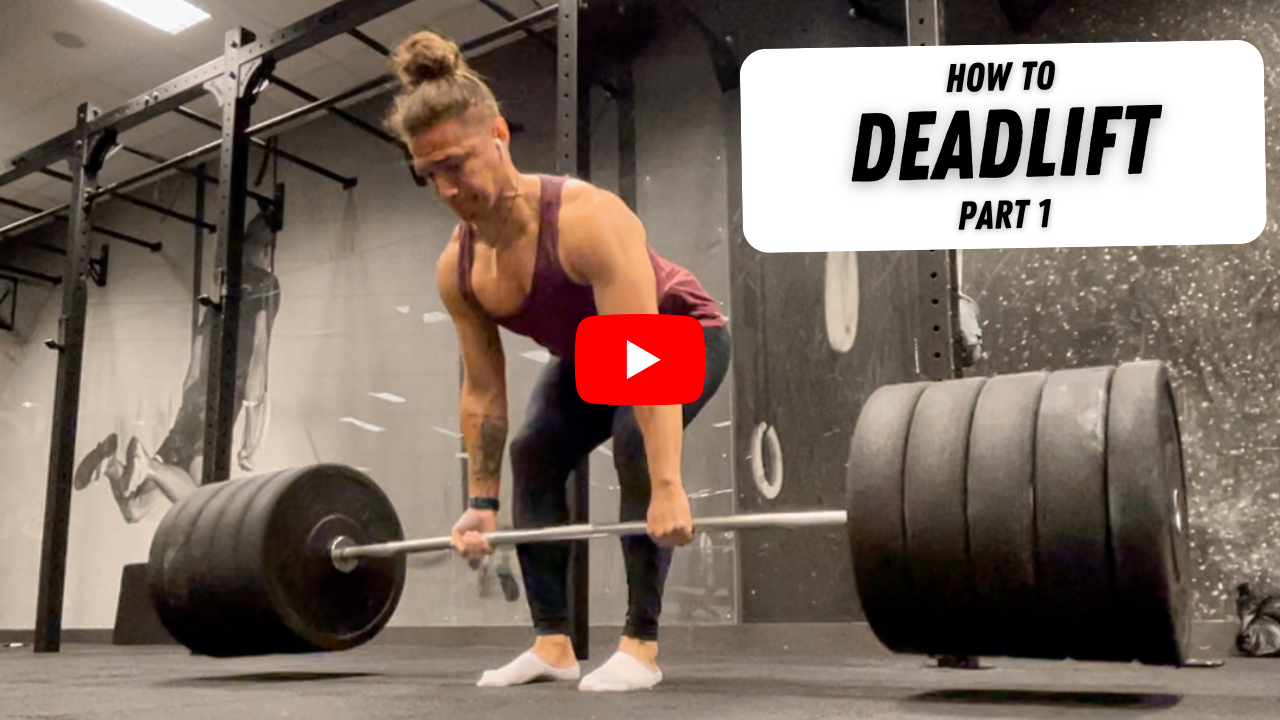How To Deadlift (part 1)
Deadlift Basics
The deadlift is for many a scary exercise with a lot of fearful feelings towards it. It’s not uncommon that people are afraid of using “bad technique” and getting injured. In this Deadlift Series you will learn:
Why “good technique” is highly over rated.
Different deadlift techniques
What stance to use
How to grip
How to brace
How to get strong using deadlifts
After this Deadlift Series you’ll learn not only be confident doing deadlifts but you’ll learn to love it because the feeling of strength it gives you.
So, let’s get started..
What is a deadlift?
The answer lies in the name. It’s picking something off the ground without using momentum (dead weight).
There are several types of deadlifts and executions of it depending on what equipment you use (barbell, sandbag, stone, kettlebell etc.), what stance you use and what kind of grip you use (more on that later).
However, the basics are, pick that object off the ground using the hips as primary drivers of the movement.
Deadlift technique (and differences)
The concept of technique is, in my opinion a misunderstood concept.
Many understand it to be a question of right execution or wrong execution, or even worse safe execution and dangerous execution. To understand the concept of technique we must acknowledge two things.
1. Technique is a made-up concept to move efficiently (not right/wrong or safe/dangerous). We humans have created it.
2. Every single human being has a unique set of bodily proportions. We all have different thighbone to shinbone ratio. We have different types of hip sockets and positioning of it. We have different leg to torso ratio. All of these will affect how our deadlifts will look.
Technique is a framework to use in order to find what suits your body. In other words, you should adapt the technique to your body, not adapt your body to the technique. Technique is not “this is how it should look for everyone” but rather a “here are some guidelines for you to follow”.
One of these guidelines is to pull the shoulder blades down (depression). The reason is not because it’s right or safer but because it’s more efficient since by pulling the shoulder blades down keeps the weight closer to the body which means we are shortening the lever (and length of movement) and making the weight as light as possible.
There are many types of different deadlifts depending on stance, hand position, hip position, knee position or use of equipment.
RDL’s, Stiff-legged deadlifts, Sumo deadlifts, Snatch grip deadlift, sandbag deadlift and so on. All of these are variations of deadlifts.
All of these deadlifts will look different. What they all have in common is that the hip is the primary mover.
Here is a video I made about deadlifts and with some examples of different deadlifts and deadlift tecinues.
Keep a look out for part 2 where we’ll go into the specifics of how to choose stance, how to brace, how to engage lats and and to grip.

